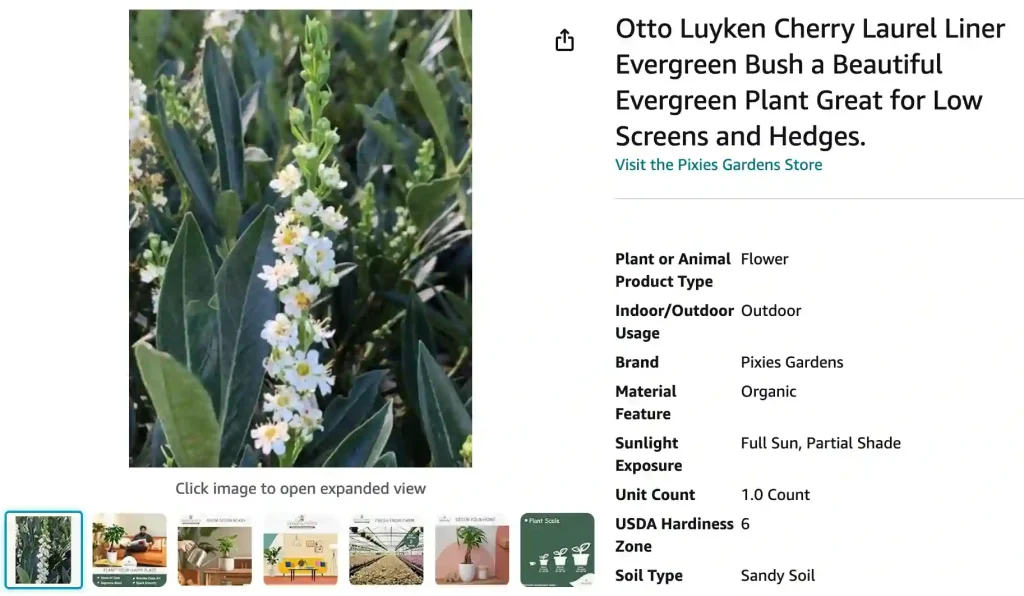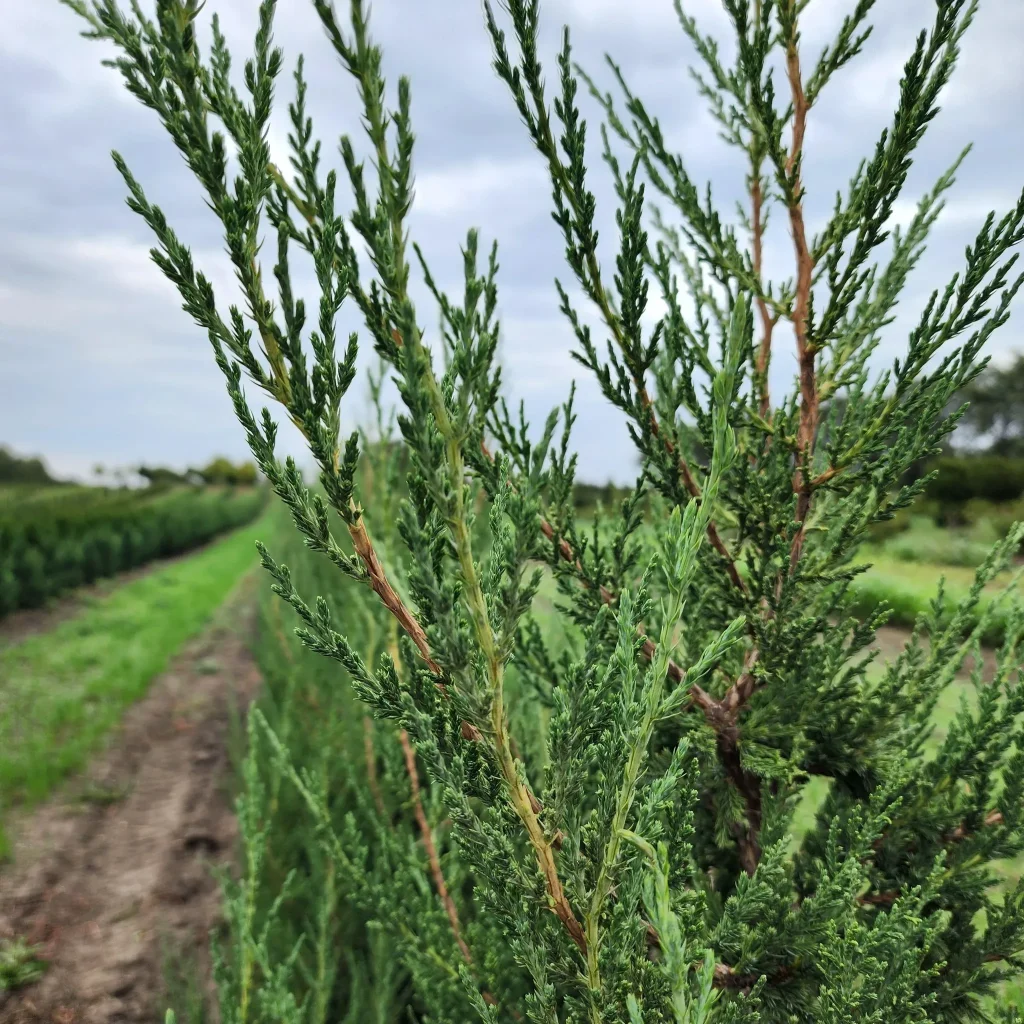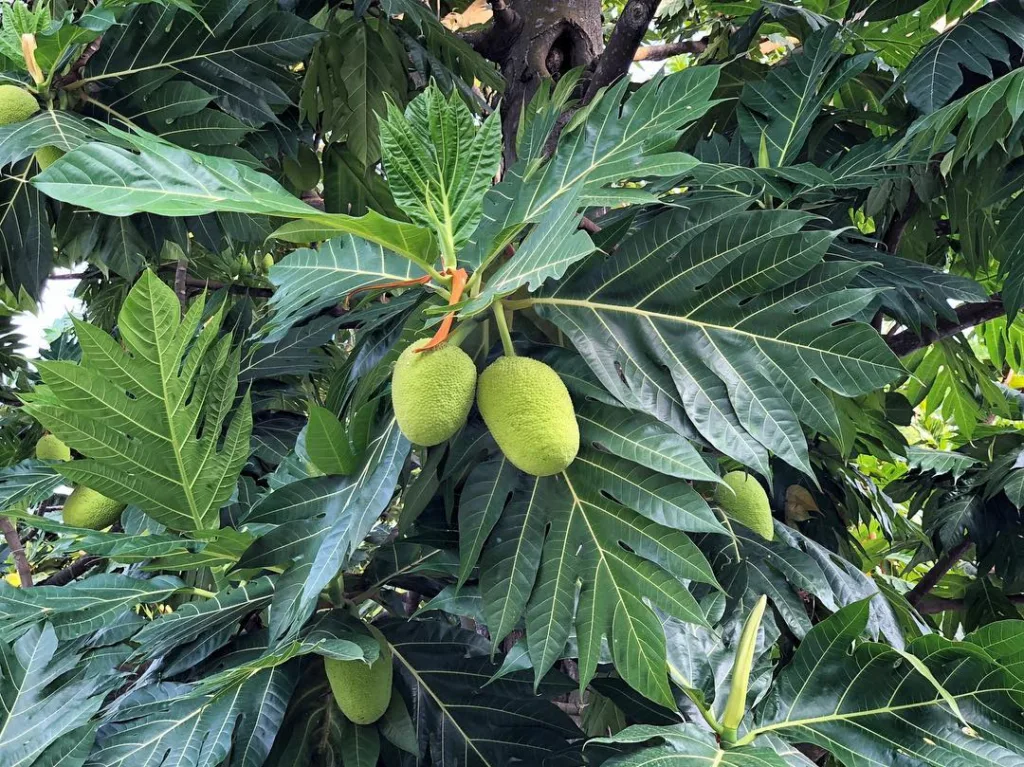
FAQs About Otto Luyken Laurel
As a plant enthusiast, I’ve come across many questions about Otto Luyken Laurel, and I’m excited to share some insights. Whether you’re considering adding this shrub to your garden or just curious about its features, here’s a comprehensive guide.
What Is Otto Luyken Laurel?
Otto Luyken Laurel, scientifically known as Prunus Laurocerasus ‘Otto Luyken’, is a compact, evergreen shrub renowned for its glossy, dark green leaves and dense growth habit. It’s a popular choice for hedges and foundation plantings due to its attractive appearance and versatility. This variety of cherry laurel is distinguished by its smaller size compared to other types of laurels, making it ideal for smaller spaces or as a low hedge.
390 Species in Genus Prunus
How to Care for Otto Luyken Laurel?
Caring for Otto Luyken Laurel is relatively straightforward. Here are some essential tips:
- Sunlight: It thrives in full sun to partial shade. It’s quite adaptable but prefers bright, indirect light.
- Soil: Ensure well-draining soil. While it can tolerate a range of soil types, it prefers slightly acidic to neutral pH.
- Watering: Keep the soil consistently moist but not waterlogged. Regular watering is crucial, especially during dry spells.
- Pruning: Prune as needed to maintain shape and remove any dead or diseased branches. Early spring or late winter is the best time for pruning.
How to Propagate Otto Luyken Laurel?
Propagating Otto Luyken Laurel can be done through several methods:
- Cuttings: Take semi-hardwood cuttings in late summer. Dip the cut ends in rooting hormone, then plant them in a pot with a well-draining mix. Keep the cuttings in a humid environment until they develop roots.
- Layering: Select a low-growing branch and pin it to the ground. Cover the branch with soil, and it will develop roots over time. Once established, you can sever it from the parent plant and transplant it.
What to Plant With Otto Luyken Laurel?
Otto Luyken Laurel pairs well with various plants. Consider these combinations for a harmonious garden:
- Hostas: Their lush foliage complements the dense growth of Otto Luyken Laurel.
- Astilbes: These add a splash of color and texture, enhancing the visual interest around the laurel.
- Heucheras: The contrasting foliage colors of Heucheras create an appealing contrast with the laurel’s dark leaves.
Can You Grow Otto Luyken Laurel Indoors?
Growing Otto Luyken Laurel indoors can be challenging due to its size and light requirements. However, if you can provide it with enough sunlight and space, it can be grown in large containers. Ensure good air circulation and monitor humidity levels to mimic its natural outdoor environment as closely as possible.
Is Otto Luyken Laurel Toxic?
Yes, Otto Luyken Laurel is toxic if ingested. The plant contains cyanogenic glycosides, which can release cyanide when metabolized. This can cause nausea, vomiting, and other symptoms if consumed. Keep this plant away from pets and small children who might be tempted to nibble on it.
Otto Luyken Laurel vs Cherry Laurel
Otto Luyken Laurel and Cherry Laurel are closely related, but there are notable differences. Otto Luyken Laurel is a specific cultivar of Cherry Laurel (Prunus laurocerasus), known for its compact size and dense foliage. Cherry Laurel, in general, can grow much larger and is often used for creating taller hedges. If you’re looking for a smaller, more manageable shrub, Otto Luyken Laurel is a better choice.
Otto Luyken Laurel vs Schip Laurel
Schip Laurel (Prunus laurocerasus ‘Schipkaensis’) and Otto Luyken Laurel are both popular choices for hedging, but they have distinct characteristics. Schip Laurel is known for its taller growth and broader leaves, while Otto Luyken Laurel remains more compact and has a denser growth habit. Schip Laurel might be preferable if you need a taller hedge or screen, whereas Otto Luyken Laurel is ideal for lower hedges or smaller spaces.
Benefits of Otto Luyken Laurel
Otto Luyken Laurel offers several benefits:
- Evergreen Foliage: It provides year-round greenery, making it an excellent choice for maintaining color in the winter months.
- Low Maintenance: Once established, it requires minimal upkeep and is relatively resistant to pests and diseases.
- Versatility: It can be used in a variety of garden settings, from formal hedges to informal borders.
Common Problems with Otto Luyken Laurel
While Otto Luyken Laurel is generally low-maintenance, it can face a few issues:
- Leaf Spot: Look out for fungal infections that can cause unsightly spots on leaves. Regular pruning and good air circulation can help prevent this.
- Root Rot: Ensure the soil is well-draining to avoid waterlogged conditions, which can lead to root rot.
Compare with Other Similar Plants
When comparing Otto Luyken Laurel with other similar plants like Boxwood or Holly, consider the following:
- Boxwood: Boxwood is another popular choice for hedges but requires more frequent pruning to maintain its shape. Otto Luyken Laurel tends to be more resilient and less prone to pest issues.
- Holly: Holly can provide a similar evergreen effect but often has a more spiky appearance and may require more space.
I hope this guide helps you better understand Otto Luyken Laurel and its care. Whether you’re planning a new garden project or just curious, knowing these details can help you make informed decisions about adding this lovely shrub to your landscape.
If i die, water my plants!



